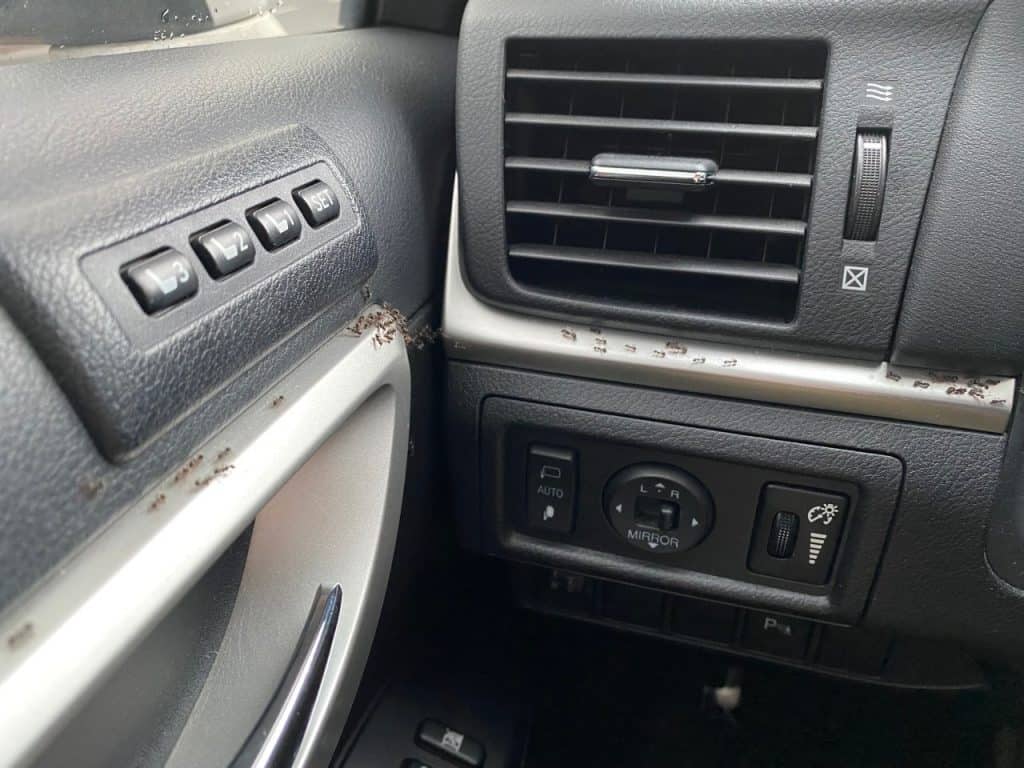Share this article
Are Mid-Atlantic deer more susceptible to CWD?
Deer in the Mid-Atlantic may be more susceptible to chronic wasting disease than deer elsewhere, according to recent research, which found they carry more gene markers known to represent a high susceptibility to the fatal neurological disease than other deer.
“A variety of research has been compiling genotypes in the West and Midwest, but there was nothing really looking at a large sample size across wild populations,” said TWS member David Walter, an Assistant Unit Leader at the U.S. Geological Survey Pennsylvania Cooperative Fish & Wildlife Research Unit. “We wanted to get an idea of what we were looking at here.”
Walter is an author on two studies using codons and genetic markers to determine which deer populations carry genotypes that make them more susceptible to the disease and subpopulation structuring in deer. “We don’t really like to use the term ‘resistant’ because none of the genotypes from the prion genes are resistant to the disease,” he said. “It just seems to be that some genotypes don’t succumb to the disease as fast.”
In the first study published in the journal Prion, Walter and his colleagues tested more than 700 white-tailed deer (Odocoileus virginianus), many of which were harvested in Virginia, Maryland and Pennsylvania. They also used data from roadkill samples as well as from deer reported to state agencies for exhibiting strange behavior.
The researchers took tissue samples from the deer, some of which were positive for the disease and some of which were not, and extracted and amplified their DNA. The broad sampling helped them understand more about deer subpopulations and which ones may have the more susceptible prion genes, Walter said.
Deer in the Mid-Atlantic region, they found, had more of the susceptible genotype than those in the West, where the disease was first identified, and some areas of the Midwest. This suggests that deer in the East may be more susceptible to the disease, Walter said, but there are a few caveats. Studies in other regions haven’t sampled as extensively and spatially as he and his colleagues did, he said, and other susceptibility genes may exist that researchers don’t know of and haven’t tested for.
“To say those are the only alleles responsible for determining susceptibility may not be true,” he said.
Walter believes deer in general may have lost the less susceptible genotype because the genes weren’t needed or did not provide a benefit to fitness or health.
He hopes the research can help inform management decisions. In a second study published in BMC Genetics, he and his co-authors looked more closely at the microsatellite data, which he said can be used to map which deer have which genotypes. This can help managers locate which deer have the higher susceptibility gene and where the disease could potentially spread, he said.
“It may make for more focused management efforts,” Walter said. “If you find an area that has a higher frequency of the least susceptible genotypes, it may not be as important to manage that area than areas with the more susceptible genotype.”
Header Image:
Deer in the Mid-Atlantic carry genes that make them more susceptible to chronic wasting disease.
©Joe Kosack, Pennsylvania Game Commission








